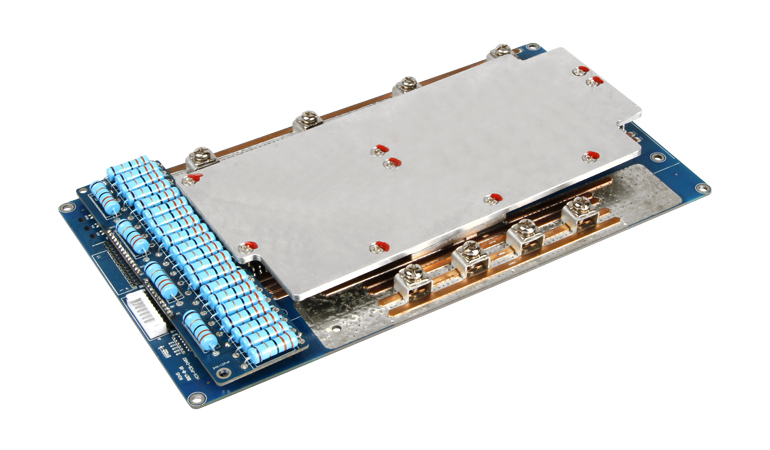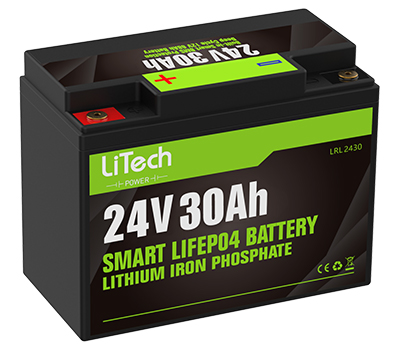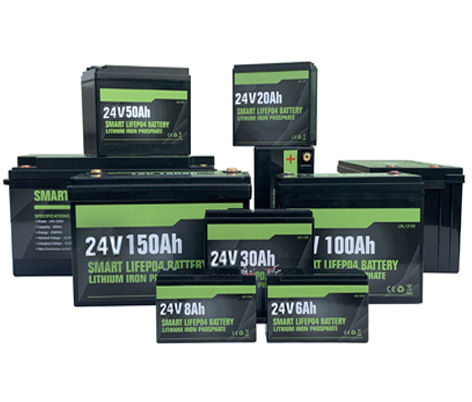An important part of lithium battery pack-BMS
Date:7/19/2020
Lithium batteries are a widely used type of battery. Compared with other types of batteries, lithium batteries have more advantages in performance. The reason why lithium batteries are so popular with the public is that their safety and intelligent control are important reasons, and BMS plays an important role.
What is BMS:
A battery management system (English: Battery Management System, abbreviated as BMS) is a system that manages batteries. It usually has the function of measuring the battery voltage to prevent or avoid abnormal conditions such as battery over-discharge, over-charge, and over-temperature. With the development of technology, many functions have been gradually added.
Three core functions of BMS: cell monitoring, state-of-charge (SOC) estimation, and cell balancing.
1. Battery monitoring
The main functions of the cell monitoring technology are single cell voltage collection; single cell temperature collection; battery pack current detection. The accurate measurement of the temperature is also very important for the working state of the battery pack, including the temperature measurement of the single battery and the temperature monitoring of the cooling liquid of the battery pack.
This needs to reasonably set the position and number of temperature sensors to form a good coordination with the BMS control module. The key to monitoring the temperature of the cooling fluid of the battery pack is the temperature of the fluid at the inlet and outlet. The choice of monitoring accuracy is similar to that of a single battery.
2. SOC technology
Single-cell SOC calculation is the key and difficult point in BMS. SOC is the most important parameter in BMS. Because everything else is based on SOC, its accuracy and robustness (also called error correction ability) are extremely important .
Without a precise SOC, no amount of protection can make the BMS work properly, because the battery will often be in a protected state, and it will not be able to extend the life of the battery. The higher the accuracy of the SOC estimation accuracy, the higher the range of the electric vehicle for the same capacity battery. High-precision SOC estimation can maximize the efficiency of the battery pack.
At present, the most commonly used calculation methods are the ampere-hour integration method and the open-circuit voltage calibration method. By establishing a battery model and a large amount of data collection, the actual data is compared with the calculated data. This is also a technical cheat for each family and requires a large amount of data for a long time. Accumulation is also the most technical part of Tesla.
3. Balanced technology
Passive equalization generally uses the method of resistance heat release to release the "extra power" of high-capacity batteries to achieve the purpose of equalization. The circuit is simple and reliable, and the cost is low, but the battery efficiency is also low.
Transferring excess power to high-capacity cells during active equalization charging, and transferring it to low-capacity cells during discharge, can improve the use efficiency, but the cost is higher, the circuit is complex, and the reliability is low. In the future, as the consistency of cells increases, the demand for passive balancing may decrease.











